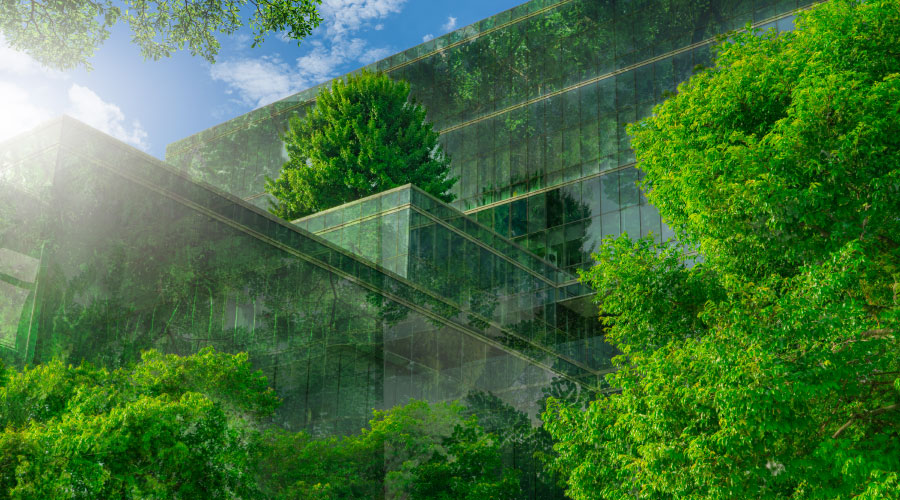Construction Industry Embraces Green Building
Construction industry stakeholders are increasingly recognizing green building capabilities as “good”—and being a necessary part of a firm’s best practices, ending the view of green building as a niche sector, according to FMI’s 2008 U.S. Construction Overview
Construction industry stakeholders are increasingly recognizing green building capabilities as “good”—and being a necessary part of a firm’s best practices, ending the view of green building as a niche sector, according to FMI’s 2008 U.S. Construction Overview
According to the Overview, green nonresidential construction put in place was $13.4 billion in 2006, and by 2008 $21.2 billion of all new nonresidential construction will employ the use of green building principles. The growth in green construction has created a shift in perception among owners and the architectural and engineering communities. Construction industry stakeholders have embraced the green movement and sustainable design for its energy savings, worker productivity increases and positive public perception, the report states.
In 2008, the three largest segments for nonresidential construction green building—office, education and health care—will account for more than 80 percent of total nonresidential green construction. Other segments such as lodging and commercial are also experiencing green construction growth, with a 20 percent gain expected from 2007 to 2008.
Three major trends are pushing green building to the forefront of the construction industry’s consciousness: 1) an unprecedented level of government initiatives; 2) heightened residential demand for green construction; and 3) improvements in sustainable materials.
Government Initiatives
As the largest owner and operator of buildings, the U.S. government has the ability to exert tremendous influence over the construction industry and to put in place policies, rules and regulations designed to drive private sector investment in construction toward a predetermined end. In the first five months of 2007, more than 100 green building bills were introduced at the state level. Many states have adopted sustainability requirements for all of their new government-funded construction projects. Governments have also implemented economic incentives in the form of tax rebates and credits, density bonuses and other policies such as expedited permitting and approval for green projects.
Residential Demand
The heightened level of interest in sustainability within the residential construction sector has contributed to green construction’s movement into the mainstream. While demand for traditional residential construction is slowing down, the green housing and materials markets are expanding. Homeowners are increasing their investment in sustainable housing due to improved economic paybacks resulting from high energy prices and their growing sensitivity to environmental concerns. According to the Overview, the National Association of Home Builders Green Building Conference in April 2007 revealed that green building and remodeling is experiencing a level of demand that exceeds the current supply of qualified firms.
Green Materials
Green materials and building products are becoming more popular due to the upward trend in the green construction market. Consumers are becoming more knowledgeable about their health and the environment and are now questioning the volatile organic compounds (VOCs) in their carpet, paint and wood. They are making a conscious effort to identify what building materials are healthier, more energy efficient and economically sensible. As the demand grows for green products and materials, the cost is mitigated. Today, many manufacturers are making green products, which leads to more competition and better pricing. In addition, distribution outlets for green materials are improving.
The report, published annually since 1977, offers a comprehensive report on vital construction trends. It also forecasts the growth or decline in each market segment and geographic region, noting both short-term and long-term considerations.
Related Topics:











